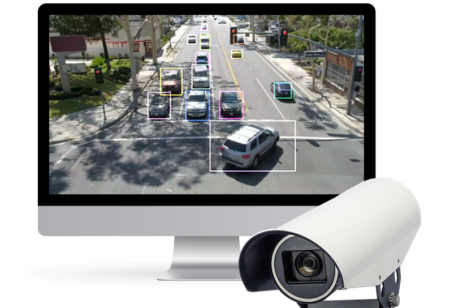A team from the University of Minho in Portugal have revealed the startling results of their research into ‘pre-signals’ lights that are positioned prior to the main set of traffic lights at a junction in a breakthrough that could slash the cost of making intersections more efficient. Their model shows that the cars using the intersection with pre-signals waited one minute less than the cars using the standard intersection. Furthermore traffic queues were shortened by 60m and traffic flow increased by 15%. To overcome the problem of congested intersections, road authorities often make costly investments in bridges or tunnels. However, for lower income countries, urban areas with restricted space and municipalities experiencing budget cuts, this is not a feasible solution. Pre-signals could be a way to optimise problem intersections cheaply and effectively.
“We used microsimulation to create models that make a realistic comparison between intersections with and without pre-signals,” Luís Dias, assistant professor at the University of Minho, tells Traffic Technology Today. The researchers used a tool called Simio, which uses an object-oriented paradigm. “The tool enabled us to include variables such as vehicle acceleration and driver reaction times,” says Dias. “That meant we could make the models as realistic as possible.” The model also provided the flexibility to change the type of intersection (with or without pre-signals), the distance between a pre-signal and the main lights at each approach, the traffic light green time and the traffic intensity. The defined key performance indicators (KPI) were: the average waiting time per vehicle, the average size of the queues and the flow of vehicles per hour. The input data was based on field observations as well as extensive research and experience.
“We found that in heavy traffic a distance of 40m between the pre-signal and the traffic light was ideal and in light traffic the distance doesn’t influence the performance of the intersection,” says António Vieira, a researcher at the university who worked with Dias on this project. The model has been verified and the team is confident that the results could be replicated in the real world. “We are now working on a model that compares the performance of an intersection with pre-signals with the performance of a roundabout,” says Vieira. “We’re also looking at emissions and fuel consumption.”
Click here to see the microsimulation model in action




